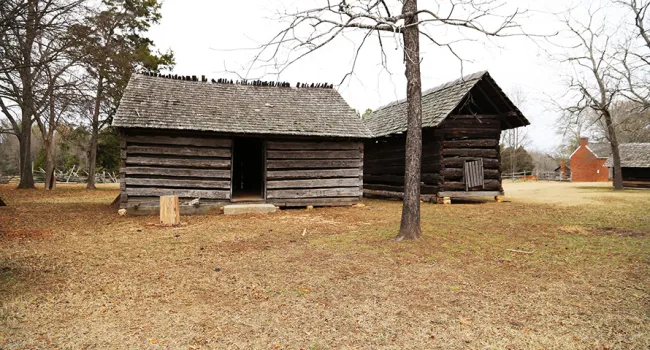
Photo
Left : Work Barn Right: Small Corn Crib for storing corn. After harvesting the corn, it would be left in the crib to dry with the shucks still on. After it dried out and the shucks were removed, it...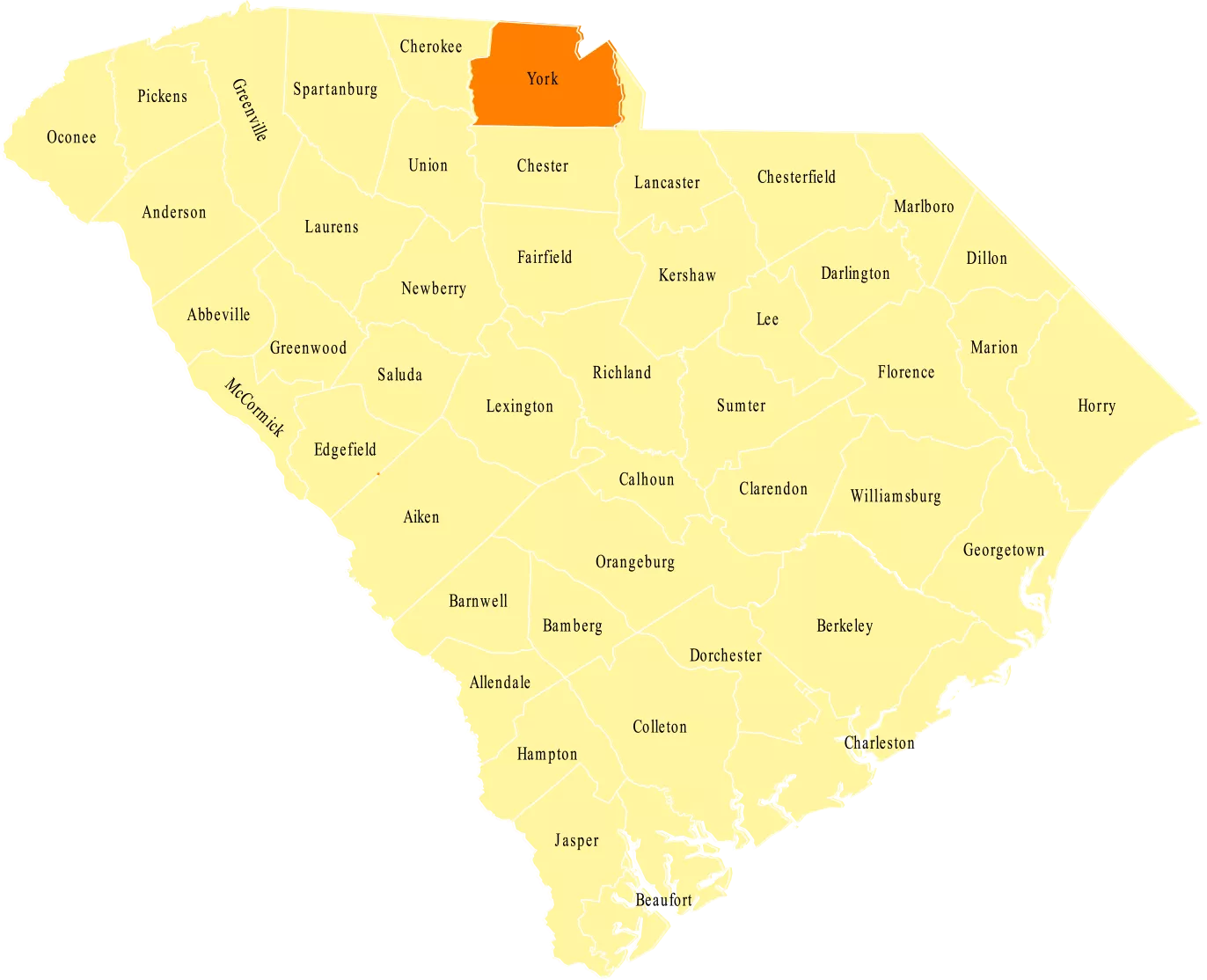
York County lies within the Olde English region of South Carolina. The county and its seat are named in honor of York County, Pennsylvania.
Catawba Indians initially inhabited the region before they ceded control of the area to the United States via treaty in 1763. After this treaty was signed, a great number of Scotch-Irish from both Pennsylvania and the South Carolina Lowcountry began to settle the area.
The county was founded in 1785 within the Camden District. It later belonged to the Pinckney District before becoming its own district. During the Revolutionary War, the battles of Williamson’s Plantation and King’s Mountain took place here.
Initially, the economy relied on small cotton farms. However, over time the economy transitioned from cotton farming to cotton processing and became dependent on the textile industry.

Photo
Left : Work Barn Right: Small Corn Crib for storing corn. After harvesting the corn, it would be left in the crib to dry with the shucks still on. After it dried out and the shucks were removed, it...
Photo
Cotton was a very important cash crop for families like the Brattons, who not only raised grain crops like wheat, oats and corn, but also raised cotton, which gave them the economic capital to...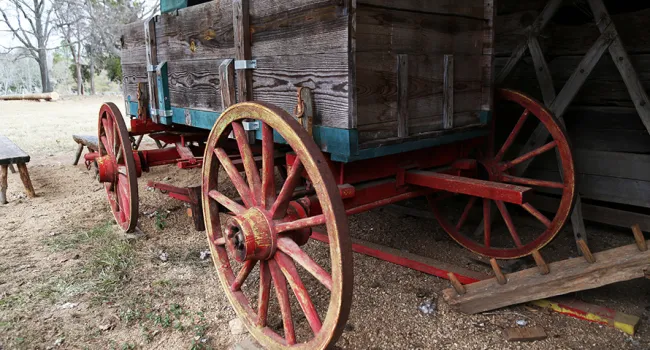
Photo
Wagon used for hauling cotton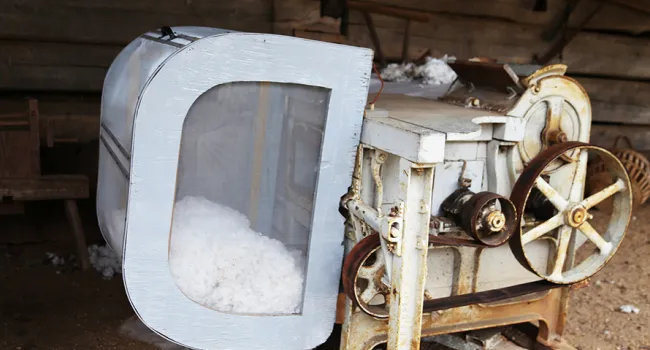
Photo
A cotton gin was used to clean the cotton, removing the seeds and stems Did you know that the word "gin," as in cotton gin, was an abbreviation for the word "engine"?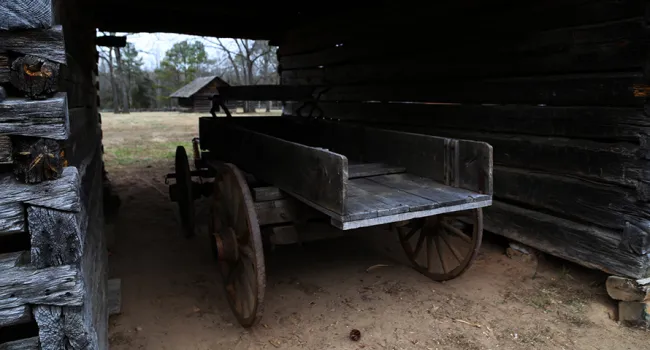
Photo
Cart used for loading corn. In addition to corn, Dr. John Bratton also grew wheat and oats, and much of his wealth came from growing cotton.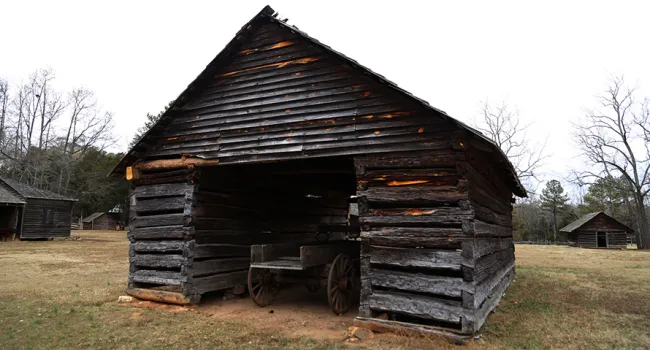
Photo
Shed and wagon used for loading corn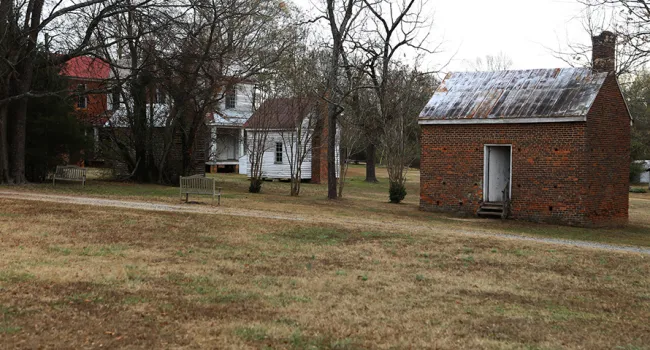
Photo
To the far right, is the Original Slave Cabin. To the left of the Slave Cabin, is the Smoke House, where meat was smoked. It is part of the Brick House.
Photo
Fireplace inside Reconstructed Slave Cabin
Photo
Spinning wheel used in the 18th century by the Bratton women, and in the 19th century by slaves, as women became more socially active.